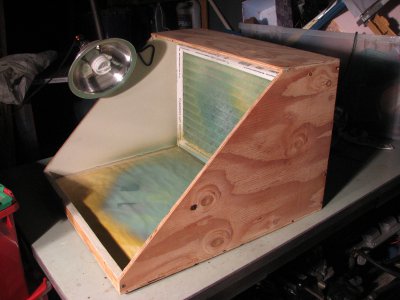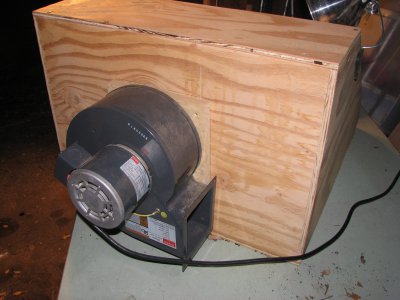- Joined
- Sep 24, 2012
- Messages
- 498
I hope this is a good spot for this question...
I didn't really build my shop... it was already an extra bedroom when we bought our home.
I took measurements, and I've found that the whole bedroom/shop has 986.7 cubic feet of volume. Lots of that volume is occupied by cabinet storage, benches, tooling and machinery, but that's how many cubic feet the bedroom is without anything in it.
I have one window to hang a fan, to blow air outside to the backyard. I haven't bought a fan yet, or even decided what kind to get.
I typically use kerosene & acetone, sometimes Coleman camp fuel. Not often, but when I do it stinks to high heaven due to zero ventilation. My wife hates it.
I guess I could just wing it and get a strong fan and see how it goes...but I wonder if any of you guys have had to install your own ventilation?
Thanks,
Doug
I didn't really build my shop... it was already an extra bedroom when we bought our home.
I took measurements, and I've found that the whole bedroom/shop has 986.7 cubic feet of volume. Lots of that volume is occupied by cabinet storage, benches, tooling and machinery, but that's how many cubic feet the bedroom is without anything in it.
I have one window to hang a fan, to blow air outside to the backyard. I haven't bought a fan yet, or even decided what kind to get.
I typically use kerosene & acetone, sometimes Coleman camp fuel. Not often, but when I do it stinks to high heaven due to zero ventilation. My wife hates it.
I guess I could just wing it and get a strong fan and see how it goes...but I wonder if any of you guys have had to install your own ventilation?
Thanks,
Doug


